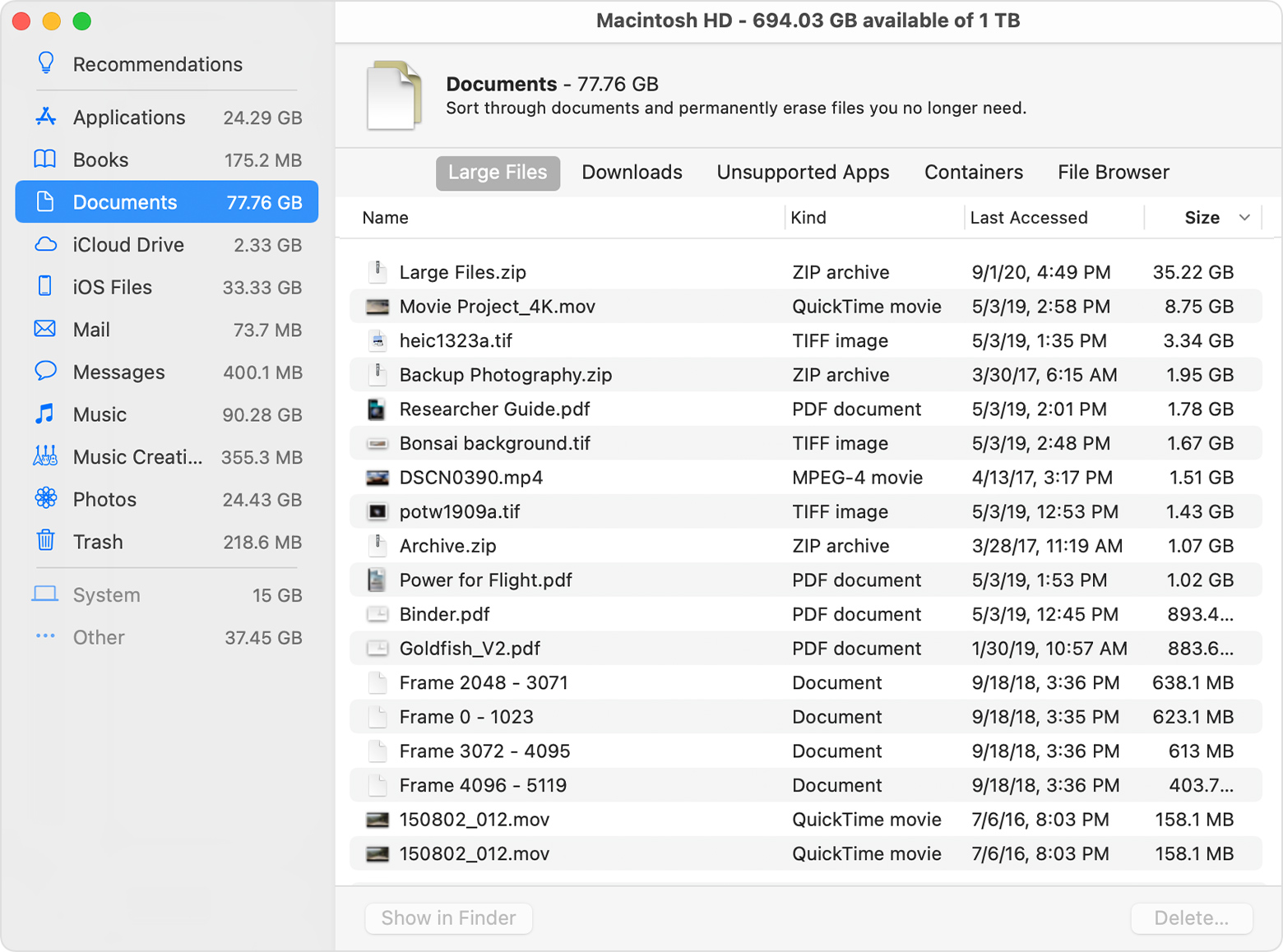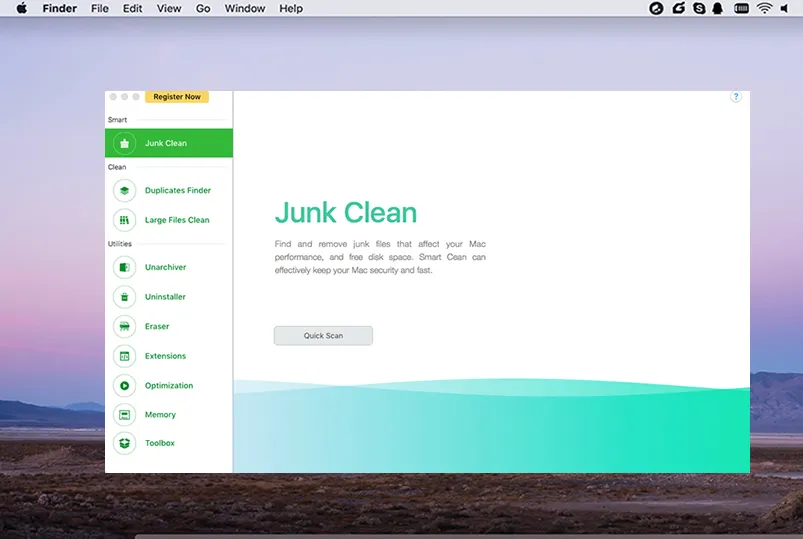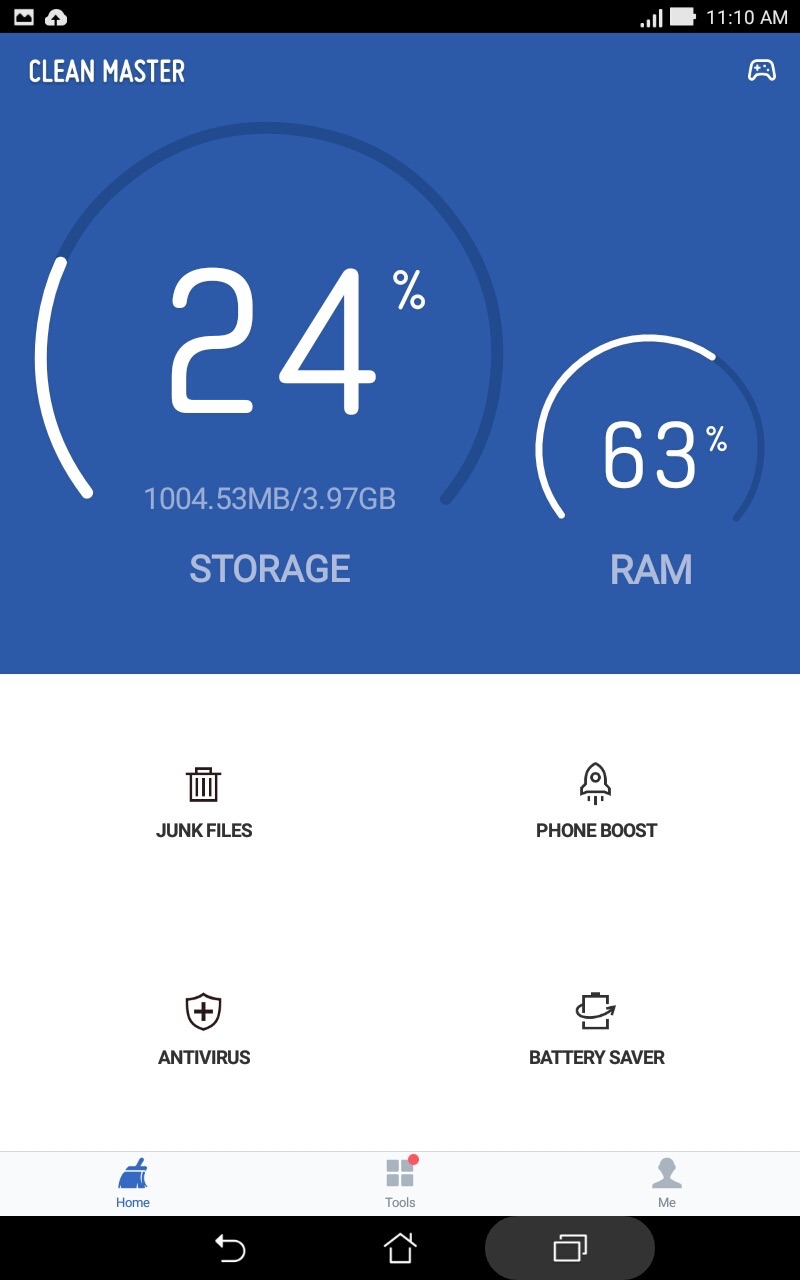- How To Clean Junk Files On Mac For Free Full
- Free Mac Cleanup Software
- Cleaning Mac Of Junk
- How To Clean Junk Files On Mac For Free
The Safe Cleanup feature detects the junk files in your system and can do a Mac cleanup in a click. If your Mac is running out of disk space or you see the ‘Your startup disk is almost full’ message, you can free up megabytes or even gigabytes of space without removing any personal files. This free app can be used on the Android platform for reclaiming the storage space which can be done by cleaning the junk data, removing residual files and also optimizing the memory space. The system cache will be cleaned out and unwanted junk can be identified and removed. Apps can be managed and certain data from ads can be removed. How to delete unnecessary language files from a Mac: 1. Download and install MacKeeper. In the sidebar, select Safe Cleanup. Click Start Scan. When the scan is finished, click Languages. Select all the languages you want to delete, and click Clean junk files. Cleaning Mac junk files with MacKeeper. MacKeeper stands out among other. CleanMyMac X scans your Mac for junk and lets you remove all trashed files. To do that, launch CleanMyMac X and press Scan. To do that, launch CleanMyMac X and press Scan. When the scan is completed, click Review Details to see what exactly CleanMyMac X has found. Power users that really want to clean out their Mac’s storage may want to check out a third party app like DaisyDisk ($9.99). It’s a simple and clear way to see everything on your Mac, or any.
Your Mac is hiding something from you, well, quite a lot, actually, in the form of hidden files and folders. Don't worry; it’s for a good reason. I've got the answers why and some simple tips on how to view all the files on your Mac, even the hard to reach ones.

Here are a few reasons why you might want to see all the files on your Mac:
Delete leftover data
Clear cache
Troubleshoot apps and programs
Apple has been hiding some system files to prevent users from accidentally deleting those. But sometimes, you may need to access them to fix a problem or investigate an issue. So, here's how to see all files on your Mac.
How to view all files on your Mac
No matter your reasons, from troubleshooting, curiosity to cleaning up, let's look at the different ways to unhide and view all files on your Mac.
Did you know? There are actually 3 Library folders on your Mac! Surprising to many, one of these — /System/Library — is well and truly hidden, as it contains all the necessary files needed for use by the macOS.
Use Finder to view files on Mac
If you quickly want to know how to see all the files on your Mac hard drive, then Finder is the place to go. Apple calls Finder the home base for your Mac, and that's because you can access and organize practically everything on your Mac.
Access and organize your files with Finder:
Select the Finder iconfrom your Dock.
Once open, use the left-hand sidebar to navigate through locations, folders, and files.
If you're anything like me, does searching through Finder leave you a bit overwhelmed? I wish I were a bit more organized, but as you can see, my desktop is a file and folder graveyard, and tags are just not for me. If you're trying to clean up your Mac, using Finder to locate large and forgotten files works, but it's not the simplest of ways.
Find and remove unneeded files quickly
One effortless way to see all files on your Mac hard drive is to use the CleanMyMac X Large & Old Files module. This handy tool searches for massive files, like movies and other old downloads, and groups them by size, kind, and access date, helping you identify large and unneeded items for removal.
Locate and delete large and old files:
Download the free versionof CleanMyMac X.
Launch and select Large & Old Files from the sidebar and press Scan.
Take a look through the list, and select items for removal, then press Remove.
Just like that, you can delete multiple large files at once.
Show hidden folders on Mac
So, as I mentioned earlier, your Mac has 3 Library folders, 2 of these are visible, and one is hidden from plain sight. The ones you can see contain all the files accessible to all Mac users. The hidden Library folder contains all the files that your macOS needs to run.
Where are the two visible Library folders located?
The first Library folder is located in your Macintosh HD.

Here's how to locate it:
Open Finder, from the sidebar under Locations, select your Mac name.
Now, select Macintosh HD and then Library.
The second Library folder is located in your System folder.
Follow the same steps as above, except this time, on step 2, instead of selecting Library, select System, then Library.
Locate the hidden Library folder
The third and hidden Library folder is located here:
Open Finder, in the sidebar menu under locations, select your Mac.
Now, select Macintosh HD.
From the Go menu on the top bar navigation, press and hold down the Option key. The Library will appear below Home in the list, select to open.
This last folder is hidden for a reason, so make sure you don’t delete anything accidentally.
Uncover hidden files using Terminal
Another easy way to see all files on your Mac is through Terminal. Use command prompts to control the system directly.
Don't worry, Terminal isn't as scary as it seems. Scripts are easy to run, and you can undo actions quickly, also. If you mistype the command, it won't execute.
Open Terminal to uncover hidden files and folders:
Open Terminal (Finder > Applications > Utilities).
Once open, enter the following command one at a time, pressing Return after each one:
defaults write com.apple.Finder AppleShowAllFiles TRUE
killall Finder
Take a look now in your Macintosh HD folder to see all the hidden folders revealed.
To hide the files once finished, follow the above scripts, except replace 'TRUE' with 'FALSE' and press enter.
Tip: Find secret files within any folder by using this quick command. Hold down Cmd + Shift +dot.
Remove system junk files to clean up your Mac
If the main reason why you've been looking at how to view all the files on Mac is so you can delete them to optimize space and performance, the app I already mentioned, CleanMyMac X, has some great tools to keep your Mac optimized and organized.
I really like the System Junk module, which removes tons of temporary files, broken items, cache, and more, reclaiming space for your Mac quickly.
How to clean up your System Junk:
Open CleanMyMac X — download the free version here.
Select System Junk from the sidebar and press Scan.
Once the scan is complete, press Clean.
Now, your hard drive is much cleaner!
We've looked at a couple of different ways to find all the files on your Mac, including the hidden ones.
Have fun discovering what's hiding behind the scenes. Just remember to back up your Mac before you delete anything important stored in those hidden folders.
The Optimized Storage features of your Mac help you save storage space by storing your content in iCloud and making it available on demand:
- When storage space is needed, files, photos, movies, email attachments, and other files that you seldom use are stored in iCloud automatically.
- Each file stays right where you last saved it, and downloads when you open it.
- Files that you’ve used recently remain on your Mac, along with optimized versions of your photos.
If you haven't yet upgraded to macOS Sierra or later, learn about other ways to free up storage space.
Find out how much storage is available on your Mac
Choose Apple menu > About This Mac, then click Storage. Each segment of the bar is an estimate of the storage space used by a category of files. Move your pointer over each segment for more detail.


Click the Manage button to open the Storage Management window, pictured below.
Manage storage on your Mac
The Storage Management window offers recommendations for optimizing your storage. If some recommendations are already turned on, you will see fewer recommendations.
Store in iCloud
Click the Store in iCloud button, then choose from these options:
- Desktop and Documents. Store all files from these two locations in iCloud Drive. When storage space is needed, only the files you recently opened are kept on your Mac, so that you can easily work offline. Files stored only in iCloud show a download icon , which you can double-click to download the original file. Learn more about this feature.
- Photos. Store all original, full-resolution photos and videos in iCloud Photos. When storage space is needed, only space-saving (optimized) versions of photos are kept on your Mac. To download the original photo or video, just open it.
- Messages. Store all messages and attachments in iCloud. When storage space is needed, only the messages and attachments you recently opened are kept on your Mac. Learn more about Messages in iCloud.
Storing files in iCloud uses the storage space in your iCloud storage plan. If you reach or exceed your iCloud storage limit, you can either buy more iCloud storage or make more iCloud storage available. iCloud storage starts at 50GB for $0.99 (USD) a month, and you can purchase additional storage directly from your Apple device. Learn more about prices in your region.
Optimize Storage
Click the Optimize button to save space by automatically removing watched movies and TV shows. When storage space is needed, movies or TV shows that you purchased from Apple and already watched are removed from your Mac. Click the download icon next to a movie or TV show to download it again.
Your Mac will also save space by keeping only recent email attachments on this Mac when storage space is needed. You can manually download any attachments at any time by opening the email or attachment, or saving the attachment to your Mac.
Optimizing storage for movies, TV shows, and email attachments doesn't require iCloud storage space.
Empty Trash Automatically
How To Clean Junk Files On Mac For Free Full
Empty Trash Automatically permanently deletes files that have been in the Trash for more than 30 days.
Reduce Clutter
Reduce Clutter helps you identify large files and files you might no longer need. Click the Review Files button, then choose any of the file categories in the sidebar, such as Applications, Documents, Music Creation, or Trash.
You can delete the files in some categories directly from this window. Other categories show the total storage space used by the files in each app. You can then open the app and decide whether to delete files from within it.
Learn how to redownload apps, music, movies, TV shows, and books.
Where to find the settings for each feature
The button for each recommendation in the Storage Management window affects one or more settings in other apps. You can also control those settings directly within each app.
- If you're using macOS Catalina or later, choose Apple menu > System Preferences, click Apple ID, then select iCloud in the sidebar: Store in iCloud turns on the Optimize Mac Storage setting on the right. To turn off iCloud Drive entirely, deselect iCloud Drive.
- If you're using macOS Mojave or earlier, choose Apple menu > System Preferences, click iCloud, then click Options next to iCloud Drive. Store in iCloud turns on the Desktop & Documents Folders and Optimize Mac Storage settings.
- In Photos, choose Photos > Preferences, then click iCloud. Store in iCloud selects iCloud Photos and Optimize Mac Storage.
- In Messages, choose Messages > Preferences, then click iMessage. Store in iCloud selects Enable Messages in iCloud.
- If you're using macOS Catalina or later, open the Apple TV app, choose TV > Preferences from the menu bar, then click Files. Optimize Storage selects “Automatically delete watched movies and TV shows.”
- In you're using macOS Mojave or earlier, open iTunes, choose iTunes > Preferences from the menu bar, then click Advanced. Optimize Storage selects “Automatically delete watched movies and TV shows.”
- In Mail, choose Mail > Preferences from the menu bar, then click Accounts. In the Account Information section on the right, Optimize Storage sets the Download Attachments menu to either Recent or None.
Empty Trash Automatically: From the Finder, choose Finder > Preferences, then click Advanced. Empty Trash Automatically selects “Remove items from the Trash after 30 days.”
Other ways that macOS helps automatically save space
Free Mac Cleanup Software
With macOS Sierra or later, your Mac automatically takes these additional steps to save storage space:
- Detects duplicate downloads in Safari, keeping only the most recent version of the download
- Reminds you to delete used app installers
- Removes old fonts, languages, and dictionaries that aren't being used
- Clears caches, logs, and other unnecessary data when storage space is needed
How to free up storage space manually
Even without using the Optimized Storage features described in this article, you can take other steps to make more storage space available:
- Music, movies, and other media can use a lot of storage space. Learn how to delete music, movies, and TV shows from your device.
- Delete other files that you no longer need by moving them to the Trash, then emptying the Trash. The Downloads folder is good place to look for files that you might no longer need.
- Move files to an external storage device.
- Compress files.
- Delete unneeded email: In the Mail app, choose Mailbox > Erase Junk Mail. If you no longer need the email in your Trash mailbox, choose Mailbox > Erase Deleted Items.
Cleaning Mac Of Junk
Learn more
How To Clean Junk Files On Mac For Free
- The Storage pane of About This Mac is the best way to determine the amount of storage space available on your Mac. Disk Utility and other apps might show storage categories such as Not Mounted, VM, Recovery, Other Volumes, Other, Free, or Purgeable. Don't rely on these categories to understand how to free up storage space or how much storage space is available for your data.
- When you duplicate a file on an APFS-formatted volume, that file doesn't use additional storage space on the volume. Deleting a duplicate file frees up only the space required by any data you might have added to the duplicate. If you no longer need any copies of the file, you can recover all of the storage space by deleting both the duplicate and the original file.
- If you're using a pro app and Optimize Mac Storage, learn how to make sure that your projects are always on your Mac and able to access their files.